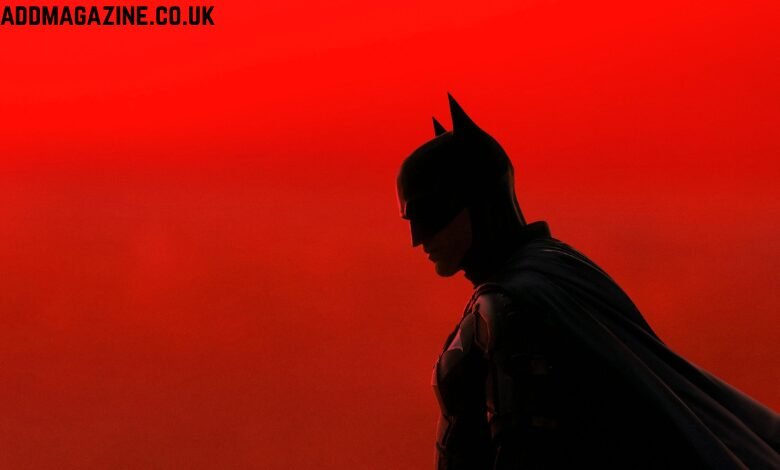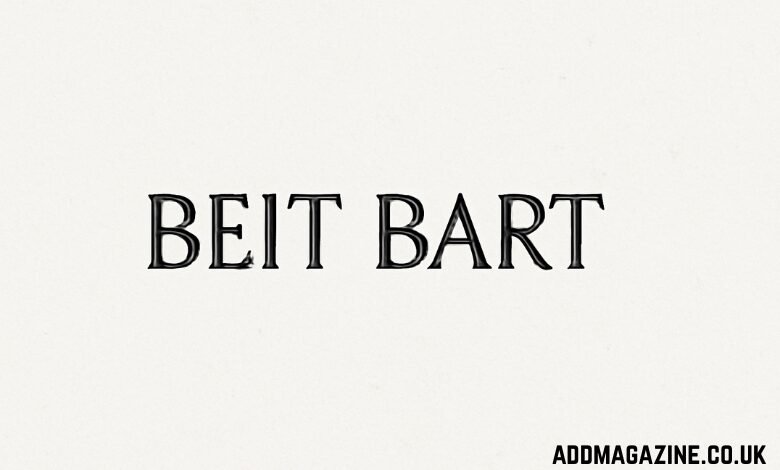In the vast digital expanse of the internet, where countless creators and personas emerge daily, only a few manage to carve out a unique niche that captures the imagination of curious minds. Buutman is one such persona, an enigmatic digital identity that blends art, humor, gaming, and online culture into one distinct creation. Over time, Buutman has transcended mere usernames and become a recognizable figure across multiple platforms, including YouTube, Twitter, DeviantArt, and gaming forums. But who is Buutman, and what makes this persona so intriguing to followers across different digital spaces?
The Birth of Buutman: A Digital Enigma
While the exact origins of Buutman remain elusive, the character first began to gain traction in online art communities, particularly on DeviantArt. There, the name “The Buut man” appeared as the subject of creative fan art. These artworks suggested a character that had captured the attention of digital artists, who depicted Buutman in various unique styles, turning the name into something of an artistic icon in its own right.
At the heart of Buutman is not just a character but a concept—a combination of humor, storytelling, and the digital world’s fluid creativity. What started as an art-focused figure has evolved into a multifaceted online presence that appeals to a broad spectrum of digital communities. Its ability to adapt and thrive across different platforms has cemented Buutman as a figure who defies easy categorization.
Buutman’s Role Across Multiple Platforms
1. DeviantArt: The Artistic Beginning
DeviantArt served as the first platform where Buutman began to capture the collective imagination of digital creators. The character of Buutman is portrayed in various fan art, often as a quirky or humorous figure. These interpretations, which range from abstract illustrations to more traditional drawings, helped build a visual identity for the persona. The combination of creative visuals and humorous undertones made Buutman stand out in a community that thrives on artistic expression and collaboration.
DeviantArt has long been a hub for digital art enthusiasts, and Buutman’s place within this community highlights the importance of fan-driven content and engagement. The persona became not only an aesthetic object but also a symbol of how digital spaces encourage collaborative storytelling through art. Over time, the fan art expanded beyond just static images, with users creating animations, character designs, and even webcomics, bringing the character to life in more dynamic ways.
2. YouTube: A Gateway to Gaming and Humor
As Buutman’s recognition grew, the persona found its way onto YouTube, where it began to appear in playlists and channels, such as the channel @buutman4009. Here, Buutman evolved further, incorporating elements of gaming culture, creative edits, and comedic sketches. The persona began to be linked with gaming videos, where fans would upload content ranging from gaming clips to thematic compilations, often imbued with Buutman’s quirky, humorous nature.
This transition into the gaming world signified a natural expansion of Buutman’s identity. Gaming communities are notorious for their creativity, and Buutman’s ability to adapt to this culture allowed the character to maintain relevance in the ever-evolving digital space. Through clever editing, memes, and creative takes on popular games, Buutman became an integral part of the content creator ecosystem.
3. Twitter: A Platform for Interaction and Social Commentary
Twitter, with its fast-paced environment and viral potential, allowed Buutman to reach even broader audiences. Through the account @buutmans, the character engaged in real-time interactions with followers, sharing updates, memes, and sometimes offering social commentary. Twitter’s format, which favors brevity and wit, aligned perfectly with Buutman’s humorous, meme-centric style.
On Twitter, Buutman became more than just a content creator—it became a digital persona with a voice. The account shared commentary on current events, engaged in banter with other online personalities, and contributed to the broader discourse around online culture. This interaction with followers created a sense of community, as fans began to feel like they were part of a larger ongoing conversation. Buutman’s Twitter presence turned the persona into a space for social interaction, where fans could connect, share ideas, and collaborate.
4. Gaming Communities: A Link to Sci-Fi and Fandoms
Buutman’s influence extended beyond social media platforms and into gaming forums like the Emperor’s Hammer site. These forums, known for their dedicated fanbase and immersive content, allowed Buutman to connect with members of sci-fi fandoms and online gaming communities. Within these groups, Buutman wasn’t just a meme or a joke; it became a symbol of shared interests and experiences in the worlds of gaming and science fiction.
The appearance of Buutman in these niche gaming spaces further cemented its place in online culture. The gaming community, which thrives on collaboration, creativity, and fandom-based engagement, embraced Buutman as a figure who represented those very values. Buutman became a bridge between different facets of internet culture—art, gaming, humor, and fandoms—all while maintaining a unique identity that was adaptable to each space it entered.
The Meme Culture of Buutman
One of the defining aspects of Buutman’s success has been its ability to tap into meme culture. Memes, which spread rapidly across the internet through humor, satire, and relatability, have played a significant role in the growth of the Buutman persona. On platforms like Twitter and YouTube, Buutman became the subject of countless meme posts, where the character was used as a vehicle for both comedic content and social commentary.
Buutman’s meme status is not just about viral content; it’s about the way it reflects the evolving nature of online humor. The persona taps into the absurdity of internet culture, using self-aware jokes, irreverent humor, and relatable content to connect with followers. Buutman isn’t just a passive figure; it interacts with the communities it is part of, becoming an integral part of the meme ecosystem that defines much of today’s internet culture.
Why Buutman Resonates with Audiences
Buutman’s appeal lies in its adaptability and the way it merges different elements of internet culture. The character is not confined to a single genre or platform but instead thrives across a variety of digital spaces. Whether through fan art, gaming videos, social media commentary, or memes, Buutman represents a blend of creativity, humor, and community-driven content that resonates with a growing audience.
The persona of Buutman isn’t just a fleeting internet trend; it’s a manifestation of the fluid and evolving nature of digital culture. In a world where new content creators emerge daily, Buutman stands out by embodying the values of collaboration, engagement, and creativity. Its ability to adapt to different communities and platforms has allowed it to maintain a loyal following and expand into new spaces.
Conclusion
As digital spaces continue to evolve, it’s clear that Buutman is not just a passing meme but a lasting persona within the broader internet landscape. From its roots in art communities like DeviantArt to its presence on YouTube, Twitter, and gaming forums, Buutman has become a multifaceted digital figure. It’s a prime example of how online culture encourages creativity and collaboration, and how a simple character or idea can transcend platform boundaries to create something truly unique.
The future of Buutman remains uncertain, but one thing is clear: the persona has already made its mark on the digital world. As it continues to evolve, Buutman will undoubtedly remain a prominent example of how digital culture can shape the identities of creators and fans alike. Whether you’re an artist, gamer, or meme lover, Buutman represents the dynamic and interconnected world of online creation—an identity that is continually growing, adapting, and influencing the way we experience the digital age.




